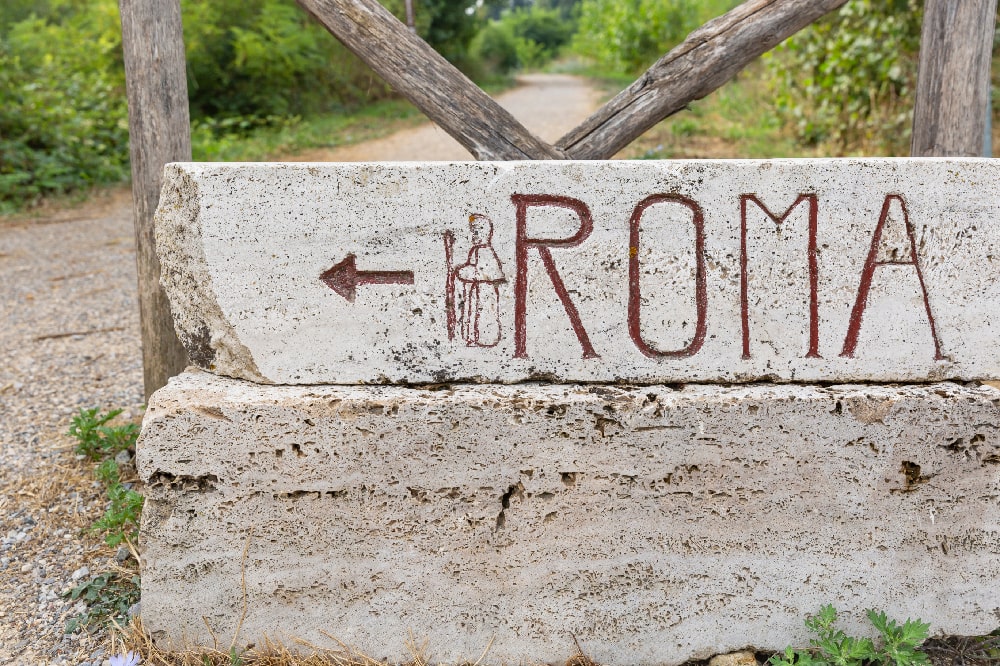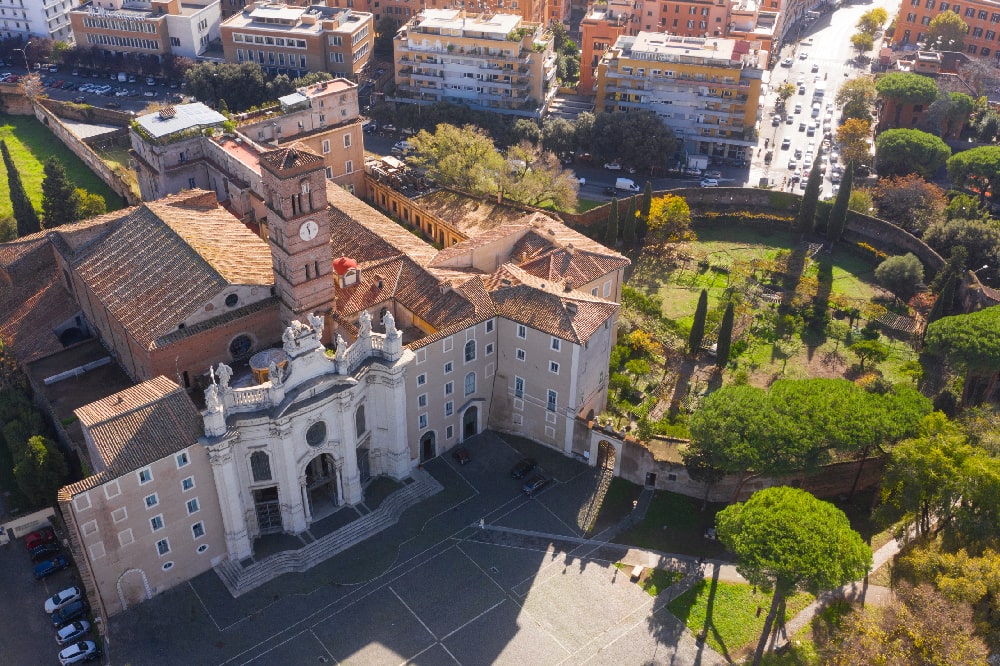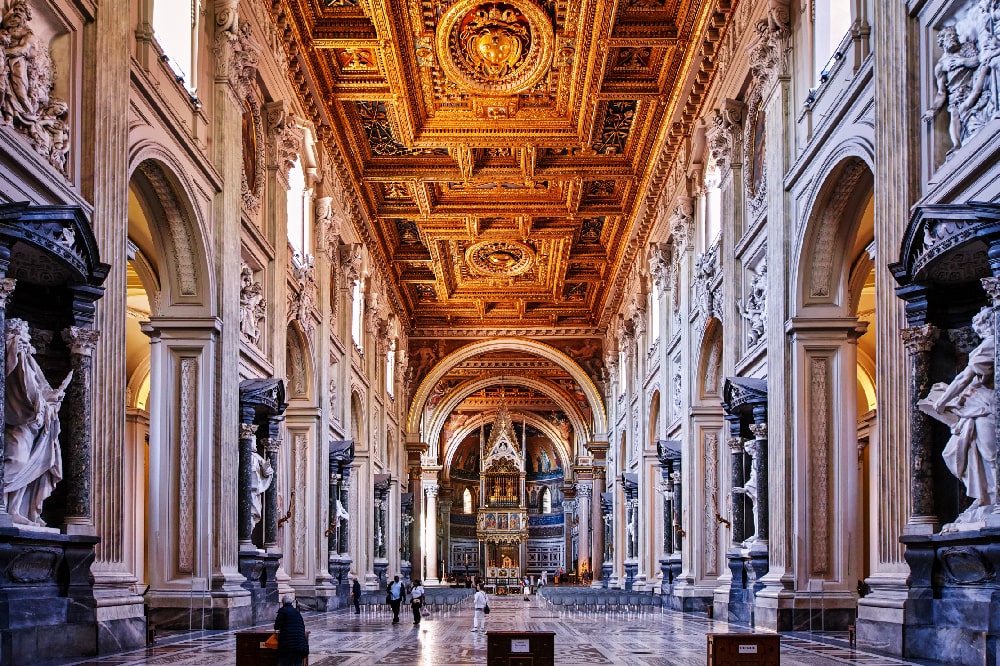Doctors, twins, martyrs. Saints Cosmas and Damian shared an extraordinary life, an unwavering faith and a terrible death, in the name of their faith. On 26 September, the Church celebrates them.
Contents
In reality, there were five children of Nicephorus and Theodotus, both Christians, who lived in the fourth century and were originally from Arabia. In addition to the saints Cosmas and Damian there were their three younger brothers, the saints Antimo, Leontius and Euprepius. All five grew up in the faith, educated by their devout mother, and all died martyrs in 303 A.D. in the city of Cyrus, in Antioch, or perhaps in Aegean, during the terrible persecution called by Diocletian.
Cosmas and Damian had studied medicine in Syria, which at the time was a Roman province, and practised medicine in Ægea, a port city on the Gulf of Alexandretta in Cilicia. Not much more is known about their lives, but among the people, they were reputed to be anargiri, “without silver” or “without money”, because they did not charge for their services. It is said that they were also very brave, and this would have been amply demonstrated in the face of martyrdom and that they put the good of others before everything else.
A fascinating aspect of these two holy twin martyrs is that they did not limit themselves to caring for the sick, to healing the wounds of the body. Their activity as doctors soon became a way to spread the Word of Jesus, to heal the souls of those who turned to them for help and comfort. Meditating men, women and children Cosmas and Damian also succeeded in converting them to Christianity.
This activity of proselytising annoyed the Romans and in particular Lysias, the governor of the province. He tried to convince the two brothers to convert and to make sacrifices to the pagan gods but in vain. It is said that the two saints were so firm, courageous and serene in their trial that they deserved the name of athletes of God.
Martyrdom of Cosmas and Damian
Among the many torments suffered by the holy martyrs who have sacrificed their lives in the name of God, the martyrdom of Saints Cosmas and Damian is among the bloodiest and most terrible described by martyrologists. Of them, it is said that they were martyred not once, but five times.
According to the sources they were stoned, then flogged, crucified and hit with darts and spears, thrown into the sea in a sack with a rock hanging around their necks and burned in a burning furnace. But the rocks bounced against their tormentors, the arrows returned against those who had thrown them, the whip broke their bodies, but did not bend their souls, the angels untied the ties that closed the sacks with which they were thrown into the sea and the flames flared and roared against the executioners.
In the end, they were beheaded, and with them were the younger brothers Antimo, Leontius and Euprepius.
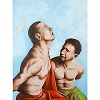
Three dates for two saints
Although the Catholic Church recognises 26 September (27 September in extraordinary form) as a celebration of the memory of Saints Cosmas and Damian, in reality, there are three different traditions related to their lives, each with a different day dedicated to them.
The cult born in Constantinople, the capital of the Byzantine empire, gave life to an Asian tradition, which celebrates the two holy healers on 1 November.
The Arab tradition places instead the celebration of their memory on 17 October.
Finally, the Roman tradition, although originally from Syria, on 1 July.
The Orthodox Church leaves the free choice between these three days, for those who follow the cult of the two saints.
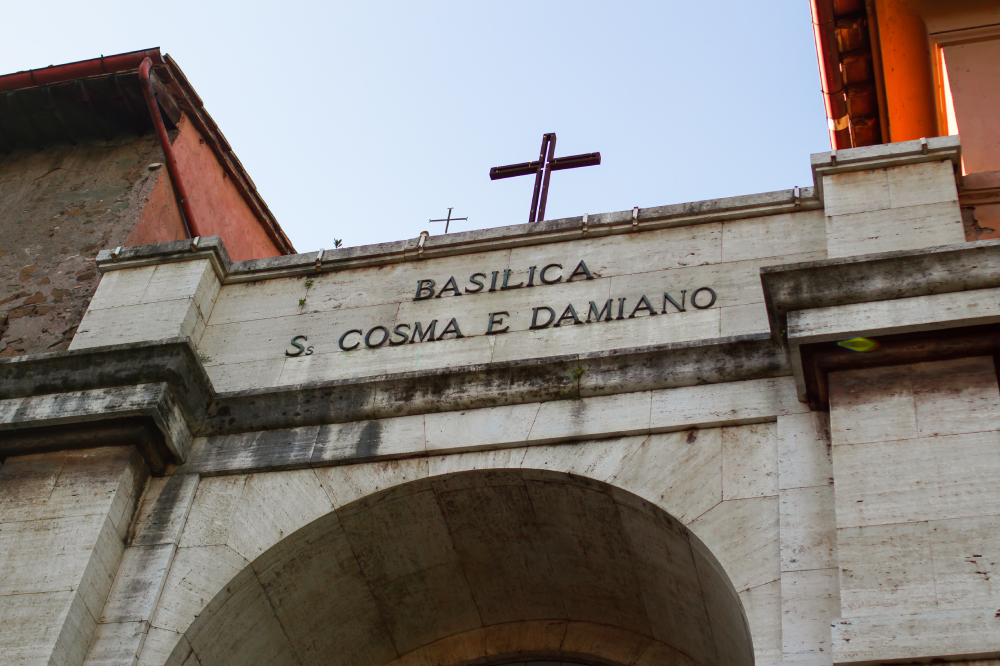
The choice of 26 September as the day of the liturgical commemoration of Saints Cosmas and Damian by the Catholic Church is linked to the basilica in the Roman Forum dedicated to them by Pope Felix IV (526 – 530). This basilica was erected in 526 where once stood the ancient Templum Romuli and the Bibliotheca Pacis, the Temple of Peace, and from the beginning, the pontiff promoted the worship of the two saints in opposition to that of two other famous twins, the pagan Castor and Pollux, the Dioscuri sons of Leda and Jupiter. The basilica was dedicated to the two saints on 27 September and later Pope Paul VI moved the date of their memory to 26 September.
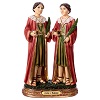
Worship Diffusion
Loved and held in high esteem in life, Cosmas and Damian saw their worship flourish immediately after their tragic death. They were buried at Cyrus in Cilicia and a sanctuary was soon erected on their tomb, visited by countless pilgrims. Those who went there did so to honour their remains, but also to invoke help against diseases of all kinds. In fact, from the origins of their cult, Cosmas and Damian can be counted among the Holy Healers to turn against diseases. Even the Justinian Emperor obtained a miraculous healing thanks to them and ordered that the sanctuary dedicated to them be expanded and transformed into a basilica. Thus the cult of the two holy thaumaturgists spread throughout the Byzantine Empire and, thanks to trade between East and West, it also reached Rome, where Pope Symmachus (498-514) built an oratory dedicated to them.
Cosmas and Damian were the last saints to be included in the canon of the Tridentine Mass, which lists the names of the Apostles followed by those of twelve martyrs. They’re the last ones.
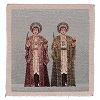
Many churches were dedicated to them in the East and West, from Constantinople to Asia Minor, from Greece to Jerusalem and countless artists, including Blessed Angelico, Filippo Lippi and Sandro Botticelli immortalised their history in paintings and frescoes that became timeless works of art. Statues of saints adorn the churches of all Christianity.
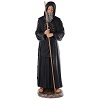
Basilica of Saints Cosmas and Damian in Rome
We have already mentioned the construction of the Basilica of Saints Cosmas and Damian by the will of Pope Felix IV. It was the first Christian basilica to be built in the area of the Roman Forum and has the dignity of a minor basilica. The splendid mosaic still visible today in the apse of the basilica was created precisely to attest that this was the first place of Christian worship in an area once reserved for the temples of the pagan gods. Here the relics of Saints Cosmas and Damian were moved and placed under the lower altar of the basilica.
The pope decided to join two pre-existing buildings that had been abandoned for years: the Pacis library, which was part of the Forum of Peace built by the emperor Vespasian, and the Temple of Romulus built by the emperor Maxentius at the beginning of the fourth century and covered by one of the largest domes in Rome.
In the Middle Ages, the basilica was a destination for pilgrimages, but also a place of care and assistance for the sick and needy. It was also a centre of Marian devotion and the image of Our Lady of Health was placed there by the will of Pope Gregory the Great, who told how, as he passed by the church, he was apostrophised by the Mother of God who said to him: “Gregory, why don’t you greet me anymore, as you always did?”
In 760 the church was joined by the Oratory of Saint Peter in Silica, famous for its miraculous water.
After seven chapels had been added to the nave of the basilica during the pontificate of Clement VIII, in 1626 it was almost completely rebuilt, with the demolition of the Roman walls, the construction of a new floor and the displacement of the chapels and altars. The reconstruction was completed in 1632.
The first limb transplant in history (and other miracles)
In the Golden Legend Jacopo da Varazze tells of a man on the verge of death, due to a gangrene that had devoured his leg. He was the humble sacristan of the basilica dedicated to the saints Cosmas and Damian in Rome, and he called on them to put an end to the frightening pain that tore his body and soul. Immediately he fell into a deep sleep and in his sleep, he saw the two saints approach him, one with a knife, the other with a tray of medicines and wraps. He also heard them speak, and one proposed to the other to replace the rotten leg with a new one, taken from the body of an Ethiopian buried that day in the cemetery of San Pietro in Vincoli.
When the sacristan woke up all pain had ceased. His leg was completely healed, only he was as black as pitch!
Among the miracles attributed to the two saints, one concerns Cosmas’ desire not to be buried with his twin brother, after the latter had accepted three eggs as a gift from a farmer, Palladia, miraculously healed by him.
However, after their death, while they were preparing to bury them separately to comply with this request, those who had witnessed their death saw a camel that told them that Damian had accepted the eggs only to not humiliate the poor woman and therefore should not be blamed. So Cosmas and Damian were buried side by side.

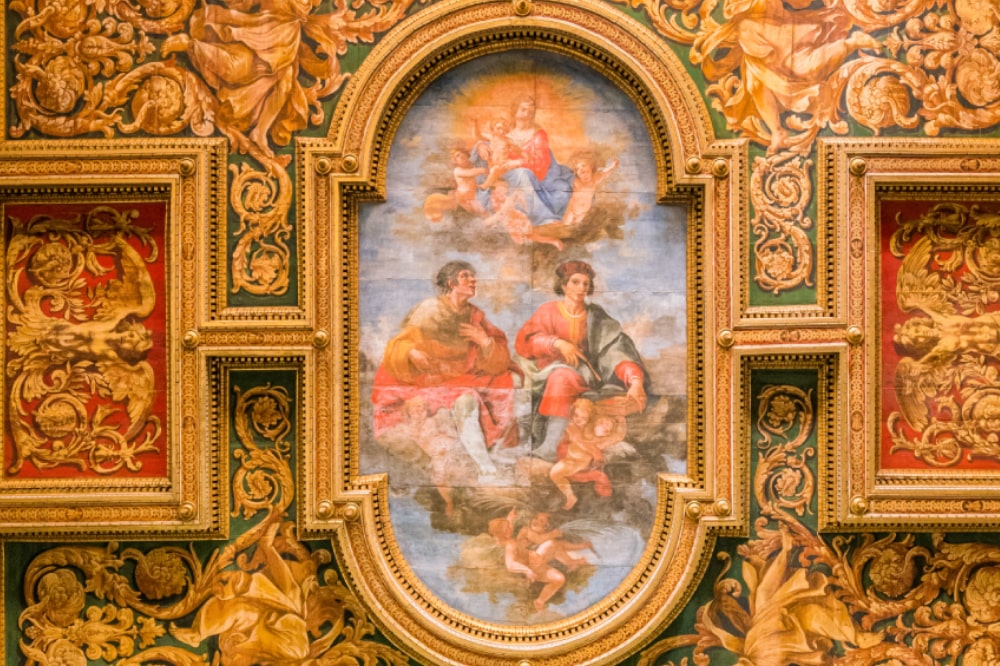
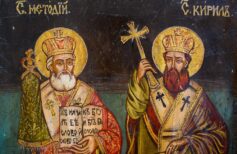
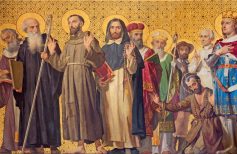
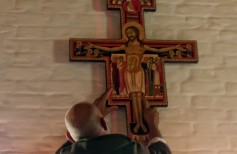
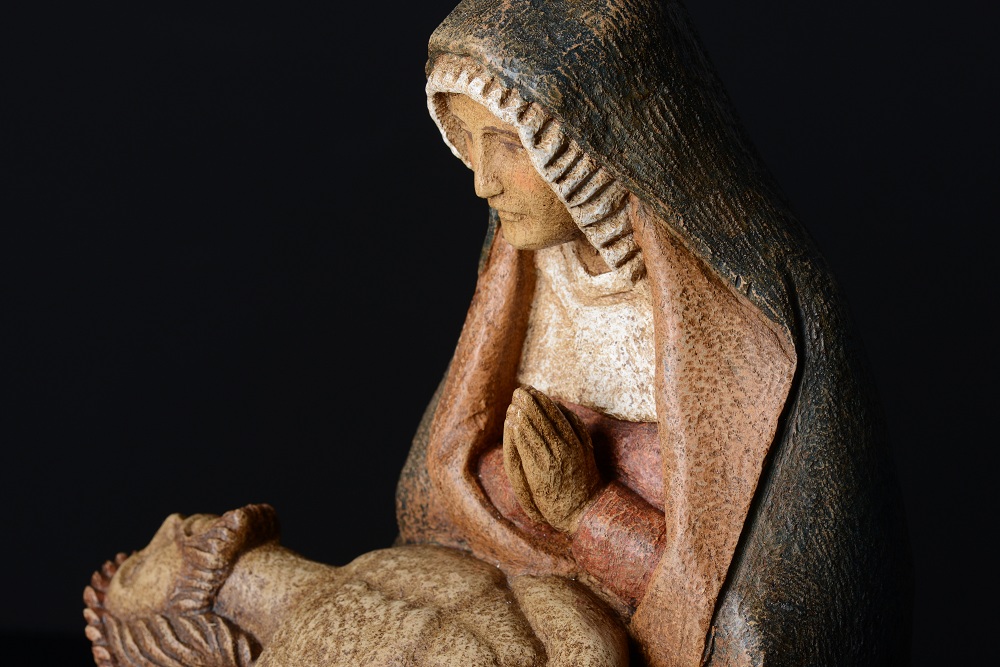

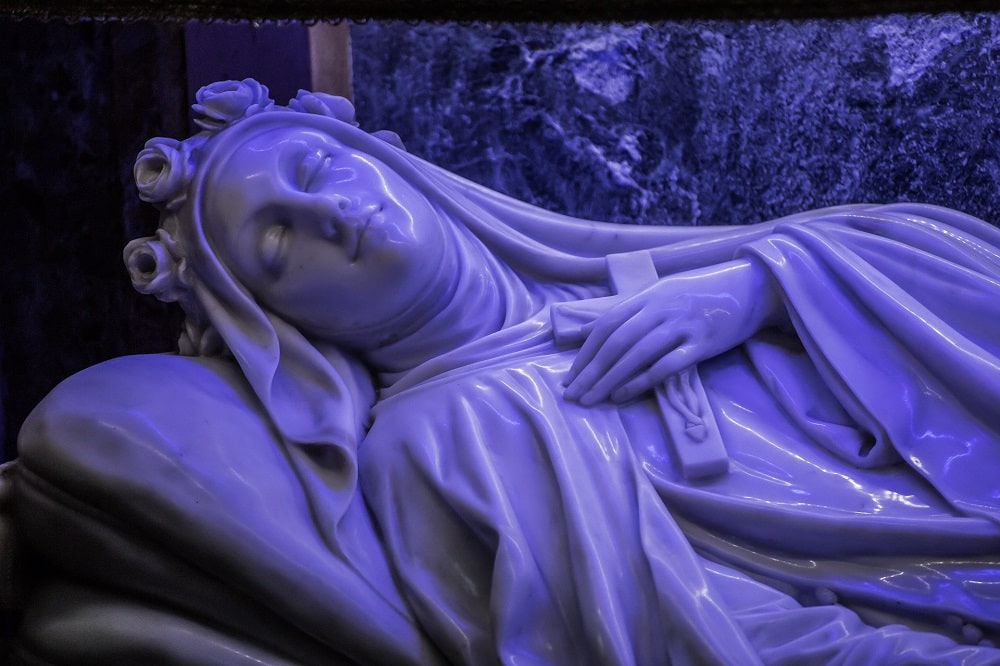
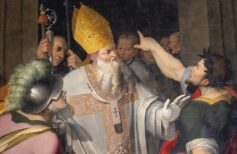
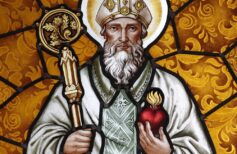
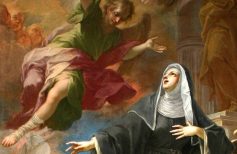






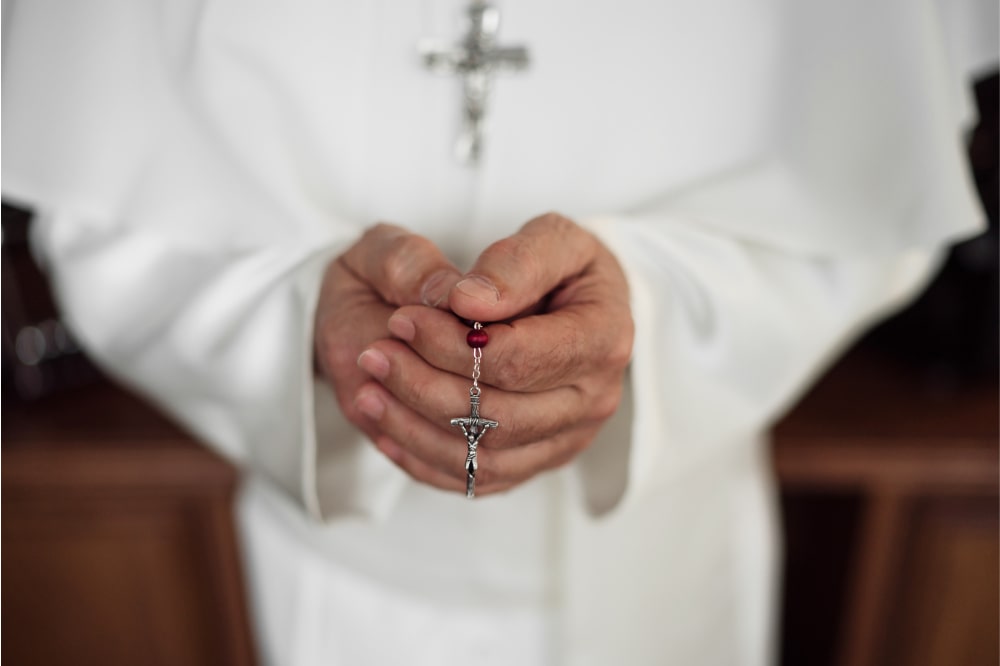
 5 June 2024
5 June 2024
